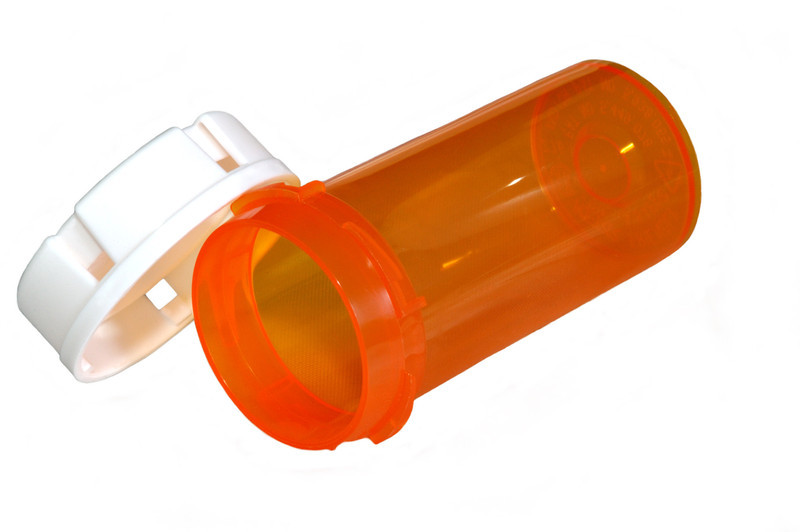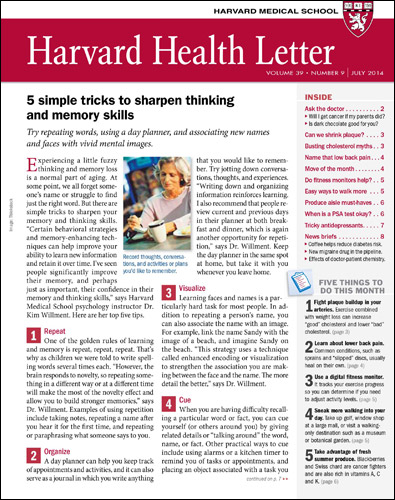Harvard Health Blog
How drug shortages happen

Worrisome shortages of important medications have been in the headlines lately. Current shortfalls run the gamut from drugs to manage the symptoms of ADHD to standard cancer drugs and injectable forms of commonly used pain and heart medications. (You can check the status of drugs in short supply on the FDA’s Drug Shortages page.) A shortage can be frightening to the people who need a hard-to-get medication, and frustrating for the clinicians who prescribe it.
Update: After this post was published, the FDA announced a series of steps to increase the supply of critically needed cancer drugs. You can read more about them on this post on the FDA’s website. These steps build on President Obama’s Executive Order to help prevent future drug shortages.
Although drug shortages aren’t new, they seem to be on the upswing. According to the Associated Press, tracking information from the University of Utah Drug Information Service shows 267 newly reported drug shortages in the U.S. in 2011, up from 211 the previous year and just 58 in 2004.
Why shortages happen
Manufacturing and quality control issues are among the primary reasons for drug shortages, according to the FDA. These may include delays in receiving necessary ingredients for the drugs, problems ensuring that medications are produced and delivered under sterile conditions, and limited production capacity. For example, fewer companies are producing sterile injectable drugs. This means fewer manufacturing lines are working to make them. If one facility has trouble producing a medication, options for other facilities to pick up the slack are limited.
A drug shortage can occur because of increased demand. It can also happen when a pharmaceutical company discontinues a drug or takes a manufacturing facility offline—which companies can do at any time.
What can be done?
The FDA can sometimes help ease a drug shortage. When a drug is in short supply but the manufacturer has some in stock that has expired or is close to expiring, the FDA can review whether extending the expiration date is safe. If so, it can free those supplies to be used. The FDA can also help ramp up production of hard-to-get drugs by expediting approval of new production lines or new materials that can be used to make the drug. In some cases, the FDA may look for overseas sources for specific drugs. It reviews the safety of such supplies and allows temporary import to ensure that critical patient needs are met.
Within the FDA, the Center for Drug Evaluation and Research maintains a Drug Shortage Action Plan. Its goal is to help prevent and address drug shortages. You can read the specifics of the plan here.
Clearly, the program isn’t foolproof, since drug shortages continue to exist. Drug manufacturers are encouraged to share information on shortages, but are not required to do so.
What can you do?
If your doctor recommends a drug that is in short supply, ask about other medications that might work for you. Your doctor may be able to find something equally tolerable and effective, perhaps in a different class of drug. If there aren’t any alternatives, your doctor, working with a pharmacist, may be able to track down a supply. When a medication is in short supply be especially wary of Internet or faxed advertisements for alternatives (often highly priced and sometimes counterfeit).
You can also help by reporting any trouble you have had getting a medication.
Have you ever had to deal with a drug shortage? If so, please share your story and let us know how you coped.
About the Author

Nancy Ferrari, Editor in Chief, Harvard Health Publishing
Disclaimer:
As a service to our readers, Harvard Health Publishing provides access to our library of archived content. Please note the date of last review or update on all articles.
No content on this site, regardless of date, should ever be used as a substitute for direct medical advice from your doctor or other qualified clinician.













